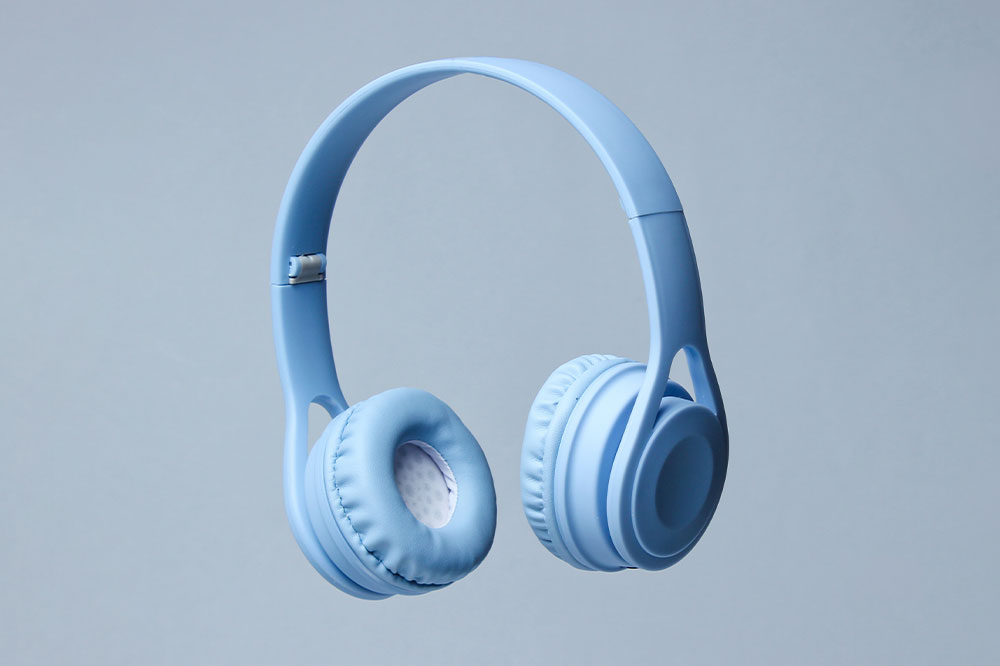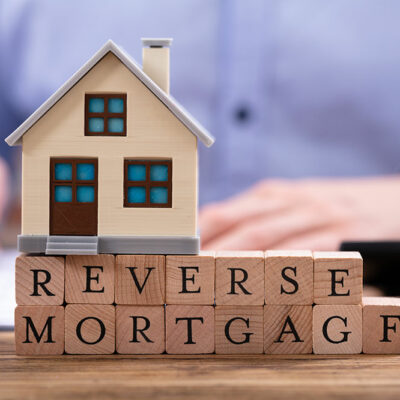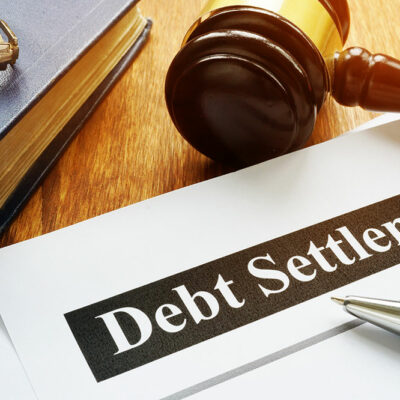
6 mistakes to avoid when buying audio wearables
Selecting the perfect pair of headphones or earbuds from a retail store can be daunting. With an endless sea of options available in different shapes, sizes, and price ranges, it is easy to get confused and end up with a lower-quality product. To help one make an informed decision, we have compiled a list of six mistakes that customers often make and should avoid when purchasing audio wearables.
Buying the first option
Most customers buy the first pair of earphones or headphones that pop up on their search feed. These are usually on top because they are sponsored links and might not offer the best audio quality and features. Therefore, one should take their time and research to find a good pair of audio wearables before making an investment.
Picking style over comfort
There is no one-size-fits-all product when it comes to audio wearables. If shoppers pick a pair of headphones, they are likely to use it for a couple of hours a day. However, the clamping force of the headband might be too tight depending on the materials used, especially if it isn’t adjustable. Before purchasing, one should consider comfort factors like the cushioning level and ear cover material. For instance, memory foam cushioning may offer comfortable support against the internal drivers.
Buying only for music quality
Several earbuds and headphones are available at affordable prices and offer excellent music playback quality and controls. However, if one also plans to take calls through them, the device may not provide the required support and may falter. The microphone quality features, such as noise cancellation, may not be the best in the market at that price range. Therefore, when purchasing a pair, it’s important to consider more than just music playback quality.
Neglecting daily purpose
Before buying a new pair of audio wearables, customers should consider their usage. For instance, individuals who exercise daily or wear earbuds for extended periods should ensure that the buds fit properly in their ears. Ill-fitting earbuds can cause discomfort and pain or be too loose and fall out easily. Therefore, it is crucial to check the in-ear fit of the product before making a purchase.
Buying cheaper options
Investing in a good pair of audio wearables is essential, even though cheaper options offer good audio quality. It’s important to remember that if a deal seems too good to be true, one must try to avoid it. Cheaper sets may save the customer money, but they often have an inferior build quality and may get damaged faster. Therefore, spending a little more and investing in a good pair is recommended to ensure one gets the most value for money.
Neglecting audio latency
Latency refers to the delay that occurs between the audio signal being sent and received through a Bluetooth earbud or headphones. This delay might not be noticeable while listening to music, one may notice it while watching a movie or playing a video game. For optimal audio and video synchronization, It is recommended to use wireless audio wearables with a latency that is 40 ms or lower. This ensures minimal audio delay during playback.


